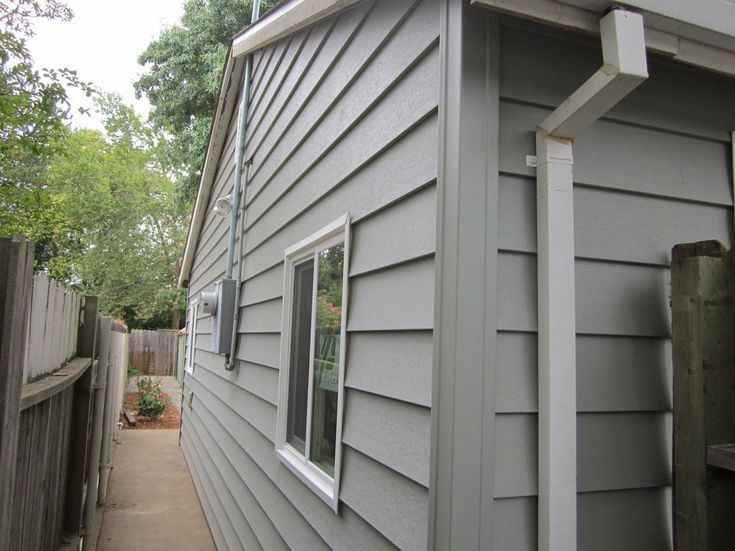Exploring the Most Common Exterior Wall Types: A Comprehensive Guide

When it comes to constructing a building, one of the most crucial elements to consider is the exterior wall. The choice of exterior wall material can greatly impact the aesthetics, durability, and energy efficiency of a structure. In this blog post, we will delve into the world of exterior walls, exploring the most common types and their unique characteristics. Whether you're a homeowner, architect, or construction professional, this comprehensive guide will provide you with valuable insights to make informed decisions.
- Brick Walls:
Brick walls have stood the test of time and remain a popular choice for exterior cladding. Known for their durability and timeless appeal, brick walls offer excellent thermal insulation and fire resistance. We will discuss different types of bricks, such as clay bricks and concrete bricks, and their advantages in terms of aesthetics and structural integrity. - Concrete Walls:
Concrete walls have gained popularity in recent years due to their versatility and strength. We will explore various types of concrete walls, including precast concrete panels and insulated concrete forms (ICFs). These walls offer superior sound insulation, energy efficiency, and resistance to extreme weather conditions. - Wood Siding:
Wood siding provides a natural and warm aesthetic to buildings. We will discuss different types of wood siding, such as cedar, redwood, and engineered wood, highlighting their unique characteristics, maintenance requirements, and environmental sustainability. Additionally, we will touch upon the importance of proper installation and regular maintenance to ensure longevity. - Metal Panels:
Metal panels, such as aluminum, steel, and zinc, have gained popularity in contemporary architecture. We will explore their advantages, including durability, low maintenance, and design flexibility. Additionally, we will discuss different types of metal panel systems, such as standing seam and corrugated panels, and their applications in both residential and commercial projects. - Fiber Cement:
Fiber cement is a composite material that combines cement, sand, and cellulose fibers. We will delve into the benefits of fiber cement, including its resistance to rot, insects, and fire. Moreover, we will discuss the various finishes and textures available, such as smooth, wood grain, and stucco, allowing for versatile design options.
Conclusion:
In conclusion, the choice of exterior wall material plays a vital role in the overall performance and aesthetics of a building. By understanding the characteristics and advantages of different exterior wall types, you can make informed decisions that align with your project's requirements. Whether you prioritize durability, energy efficiency, or design flexibility, there is a wide range of options available to suit your needs. Remember to consult with professionals and consider factors such as climate, budget, and maintenance requirements before making a final decision.



